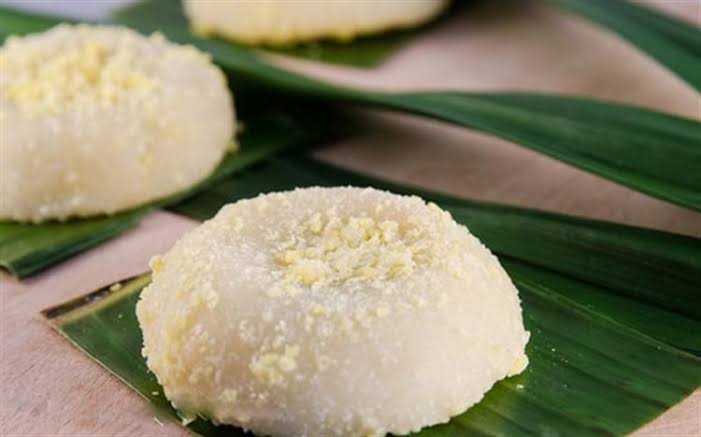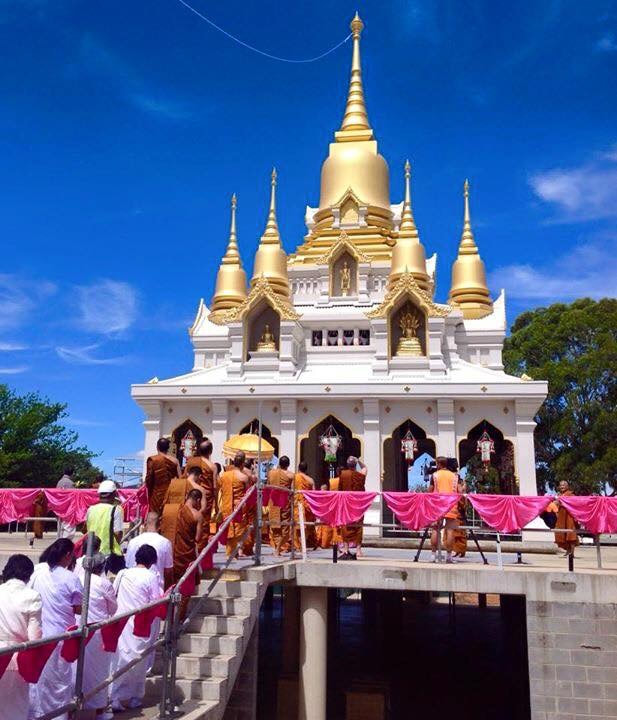In 2002 the government of Thailand launched its “Global Thai” campaign whose purpose was to increase the number of Thai restaurants around the world and to make dishes like Pad Thai and Pad See Ew internationally recognizable. Not only would this introduce deliciously spicy Thai food to thousands of new tummies and persuade more people to visit Thailand, but it could subtly help to deepen relations with other countries. This is now known as gastrodiplomacy.
I’m not the first to wonder about the ubiquity of Thai restaurants… and most seemingly informed and lay analysts have suggested that it’s simply because Thai food tastes good, or happens to hit the American palate in just the right way – Munchies
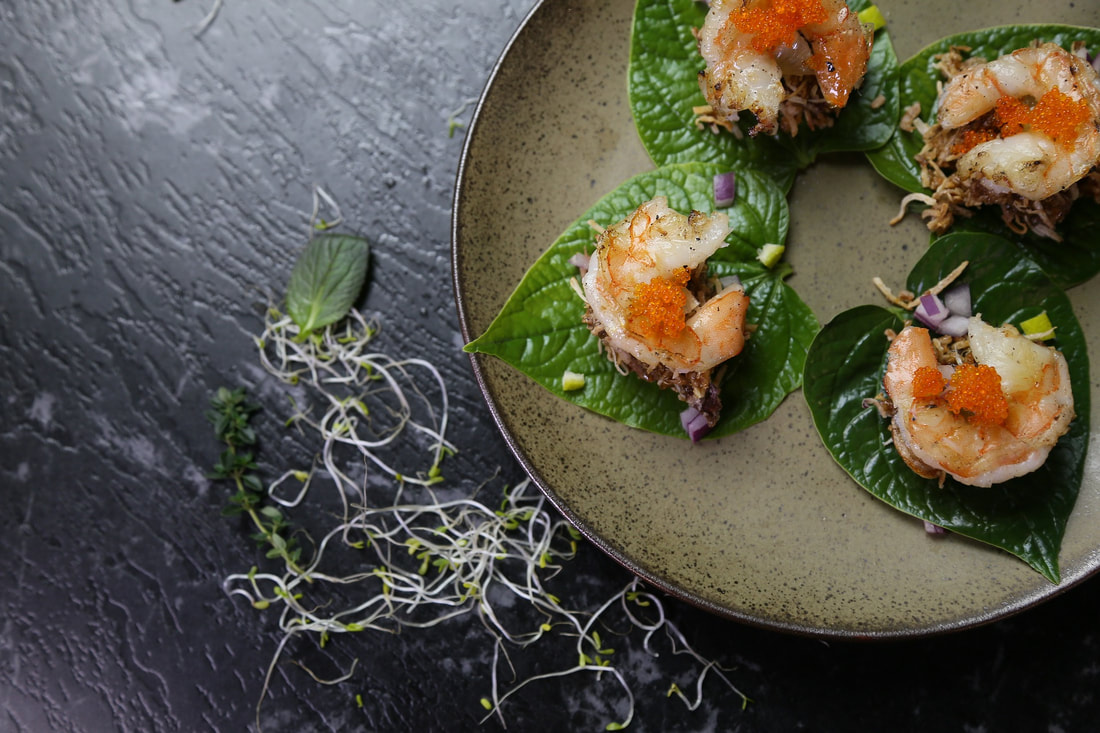
However the real reason for the spread of Thai restaurants is that the government of Thailand launched its “Global Thai” campaign in 2002. The purpose of the campaign was increase the number of Thai restaurants around the world and to make dishes like Pad Thai and Pad See Ew internationally recognizable. The end result would be to increase Thailand’s export and tourism revenues, as well as to become more prominent on the cultural and diplomatic stages.
This is now known as gastrodiplomacy or culinary diplomacy.
In a recent study in Public Diplomacy Magazine, more than half of the 140 people surveyed said that eating a country’s cuisine led them to think more positively about that country. And more than two-thirds felt that countries in a state of conflict could benefit from gastrodiplomacy programs. As the saying goes, “The easiest way to win hearts and minds is through the stomach – NPR
“The Ministry of Commerce’s Department of Export Promotion, most likely run by bureaucrats rather than restaurateurs, drew up prototypes for three different “master restaurants,” which investors could choose as a sort of prefabricated restaurant plan, from aesthetic to menu offerings. Elephant Jump would be the fast casual option, at $5 to $15 per person; Cool Basil would be the mid-priced option at $15 to $25 a head; and the Golden Leaf prototype would cost diners $25 to $30, with décor featuring “authentic Thai fabrics and objets d’art.”
|
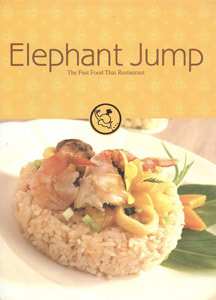 |
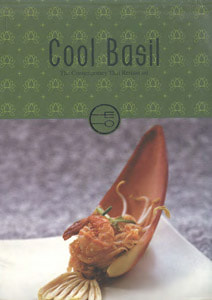 |
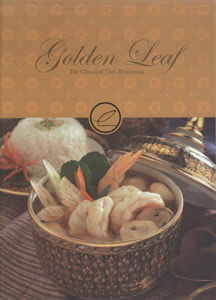 |
The Department of Export Promotion also matched and set up meetings between Thai and foreign business people and Export-Import Bank of Thailand offered loans of up to $3 million to Thai nationals hoping to open restaurants.
The government also conducted market research on local tastes around the world, and sent representatives from Thai cooking institutes abroad to train chefs at foreign restaurants. They published a book in 2002 called “A Manual for Thai Chefs Going Abroad”, which provided information about recruitment, training, and even the tastes of foreigners. A special visa has even been established in New Zealand specifically for Thai chefs.
The program has been a resounding success. At the time of the Global Thai program’s launch, there were about 5,500 Thai restaurants beyond Thailand’s borders; today there are over 15,000. The initiative has played a role in the 200% increase in tourists headed to Thailand since 2002. Over a third of the tourists said that Thai food was a critical reason for their visit.
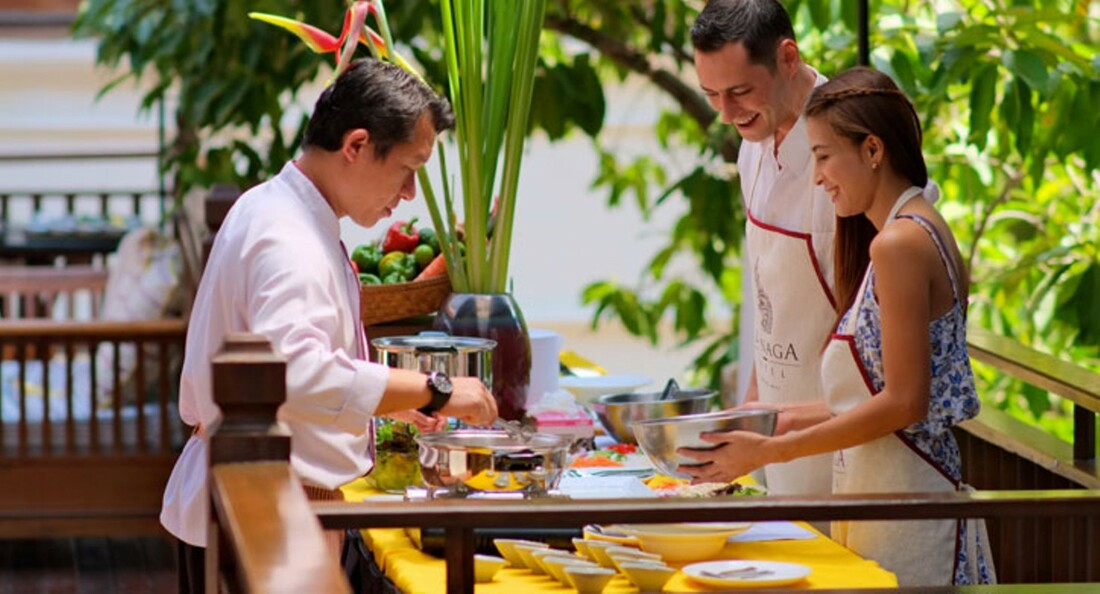
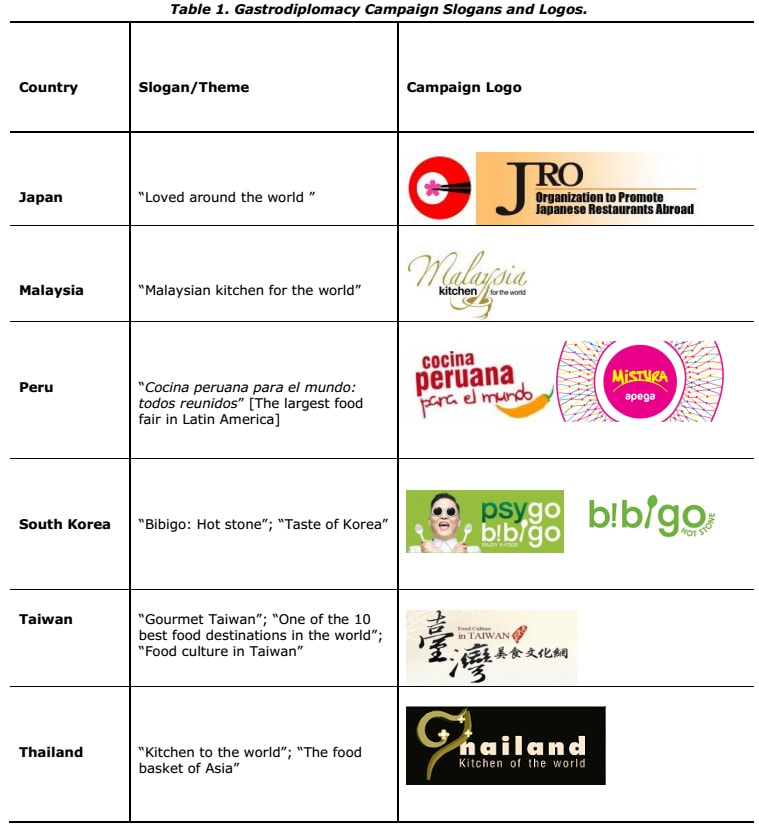
References
https://munchies.vice.com/en_us/article/paxadz/the-surprising-reason-that-there-are-so-many-thai-restaurants-in-america
https://australianfoodtimeline.com.au/thai-restaurant/
The food of the worlds: Mapping and comparing contemporary gastrodiplomacy campaigns
https://thailandselect.wordpress.com/thai-biz-restaurant/
http://culinarydiplomacy.com/blog/2012/10/22/culinary-diplomacy-isnt-just-american-part-2-global-thai/
https://medium.com/@marchabib_2000/why-there-are-so-many-thai-restaurants-gastrodiplomacy-b2095f3d177c
https://www.uscpublicdiplomacy.org/story/eight-great-gastrodiplomacy-nations
https://qz.com/1496148/from-governments-to-refugees-food-is-now-diplomacy/
https://www.npr.org/sections/thesalt/2014/03/24/291980375/gastrodiplomacy-cooking-up-a-tasty-lesson-on-war-and-peace
https://www.nwfdailynews.com/news/20160823/why-are-there-so-many-thai-restaurants-videos-photos
https://www.economist.com/asia/2002/02/21/thailands-gastro-diplomacy
https://thailand.prd.go.th/ebook/B0028/index.html
https://www.pri.org/stories/2014-03-25/these-nations-are-using-food-project-power-around-world-and-its-working



